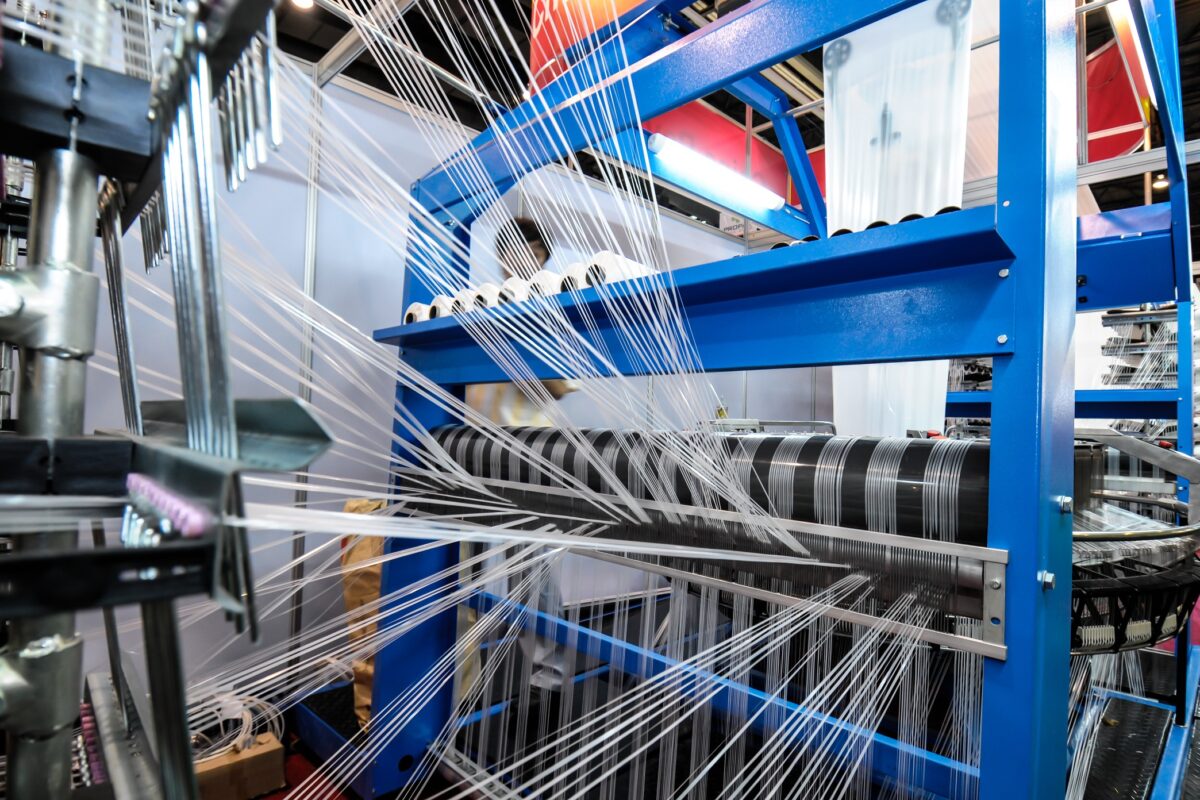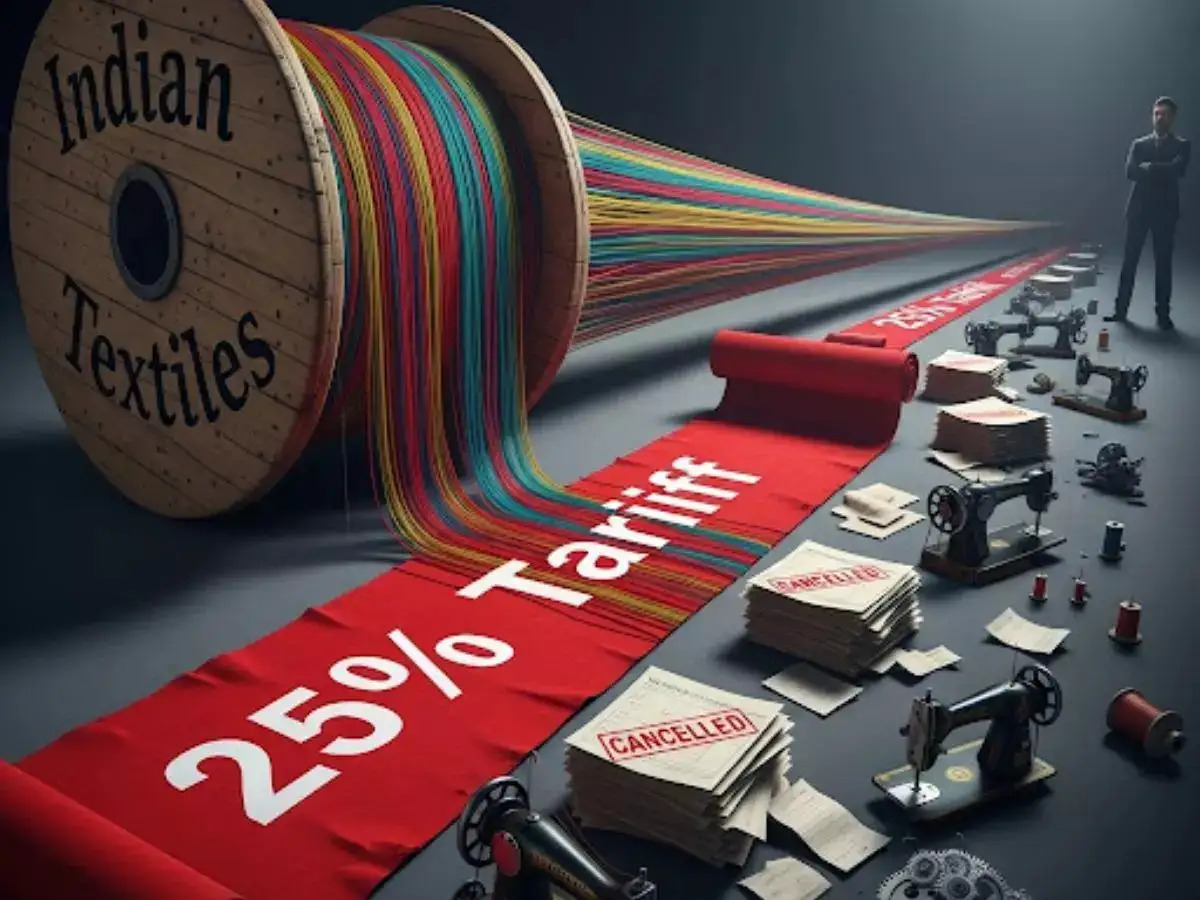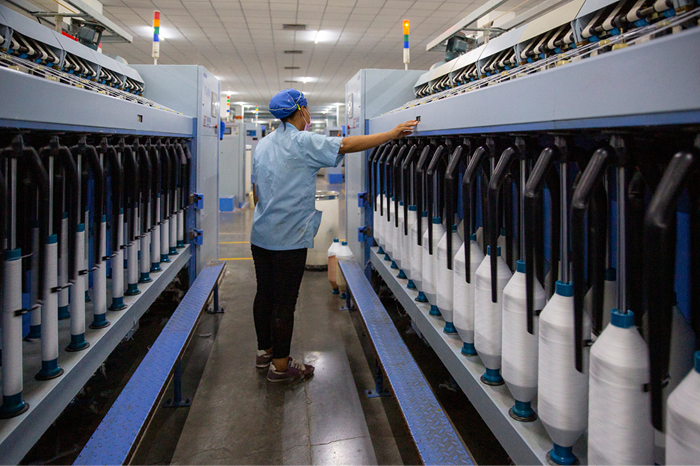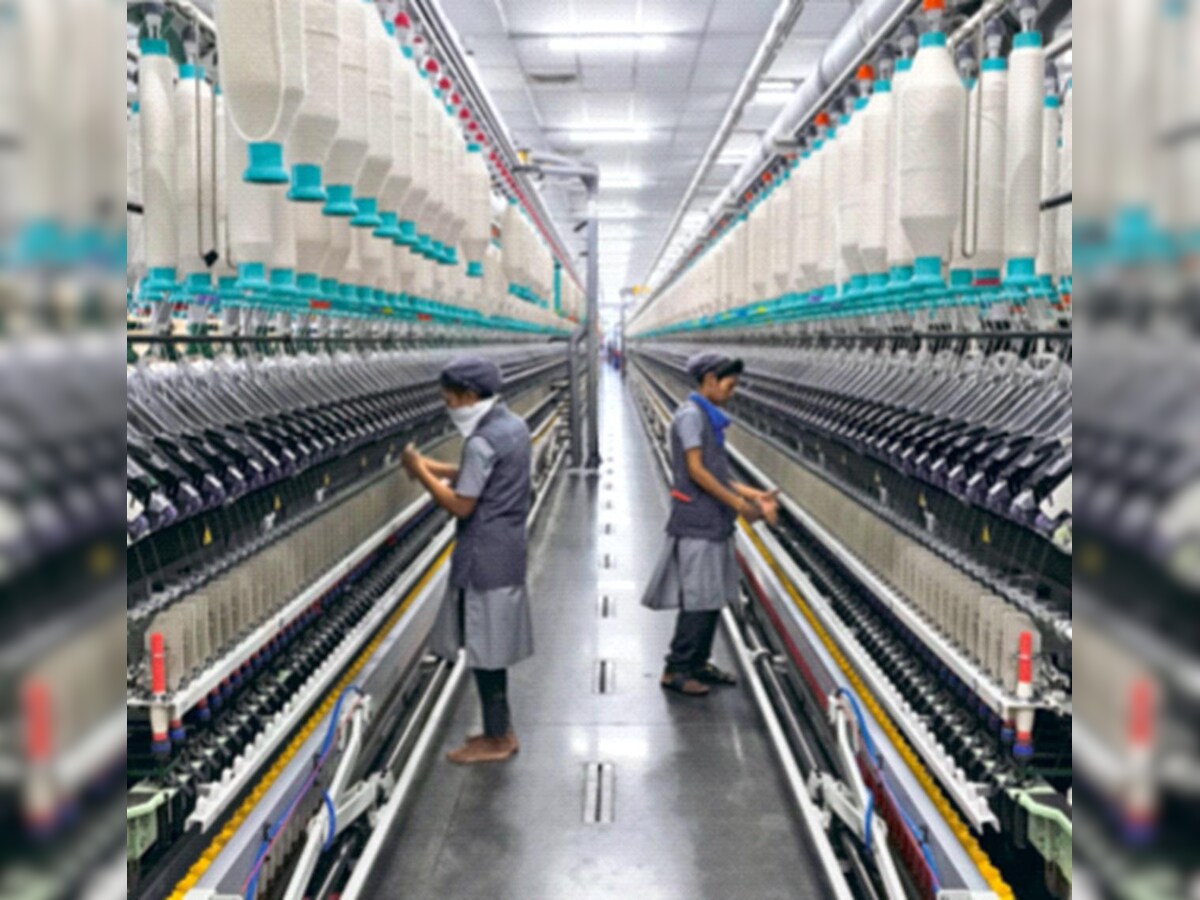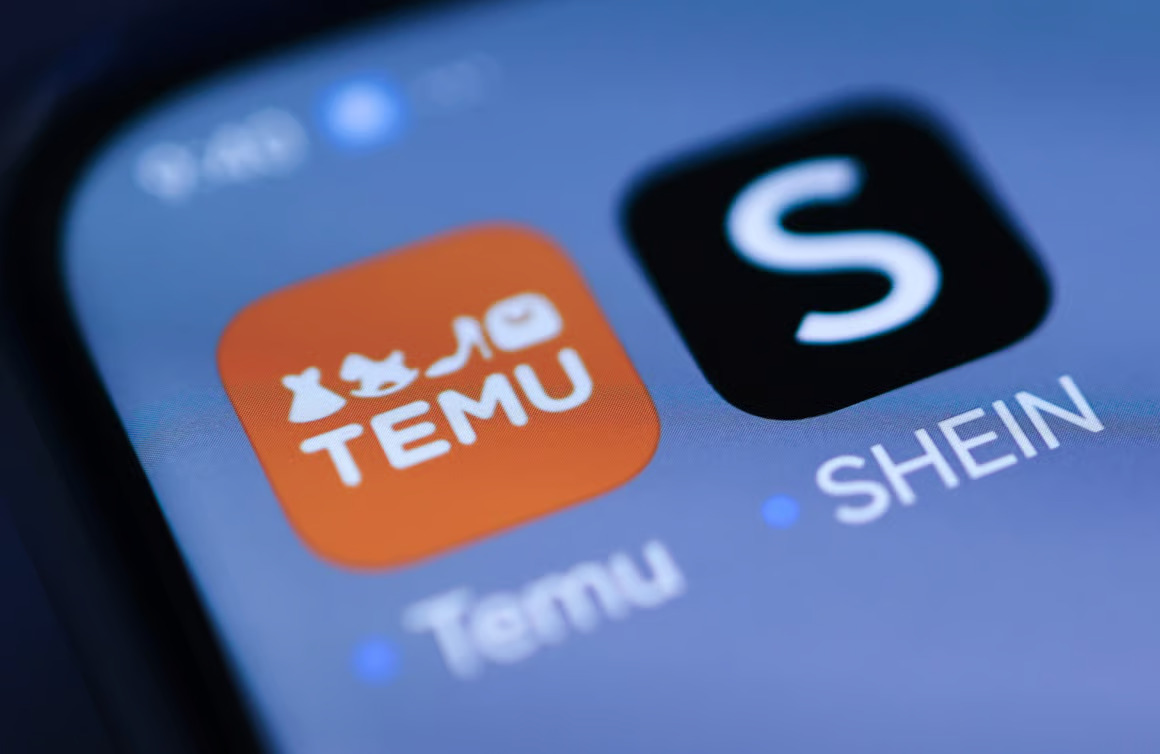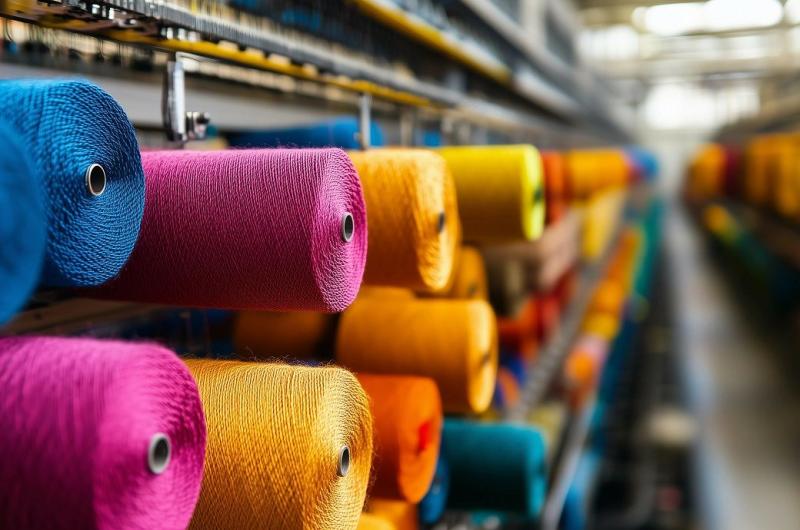
A recent price comparison study by the Confederation of Indian Textile Industry (CITI) highlights significant cost competitiveness challenge for Indian yarn manufacturers against their Chinese counterparts in January 2025. The data, focusing on the price trends of Polyester Staple Fiber (PSF) and Viscose Staple Fiber (VSF), indicates a considerable price difference impacting the Indian industry. This challenge gets escalated further due to broader trends in the global textile market, opines Sanjay K Jain, Chairman ICC National Textiles Committee & MD, TT Limited.
The CITI report compares domestic prices for MSME (Micro, Small, and Medium Enterprises) spinners in India with international prices as given by the China Chemical Fibre Website (CCF), a key source of chemical fiber market information in China. The analysis reveals Indian MSME spinners paid a substantial premium for both PSF and VSF throughout January.
Growing PSF price disparity
The data shows a fluctuating but consistently high price difference for PSF between the Indian domestic market and international prices. The following table summarizes the weekly PSF price comparison:
Table: PSF prices difference
|
Week of January |
Exchange Rate ($/Rs) |
CCF Price ($) |
CCF Price (Rs) |
Domestic Price (Rs) |
Price Difference (Rs) |
Price Difference (%) |
|
1st |
85.75 |
0.85 |
72.75 |
99 |
26.25 |
36.08% |
|
2nd |
86.25 |
0.85 |
73.46 |
99 |
25.54 |
34.77% |
|
3rd |
86.4 |
0.87 |
75.13 |
100.13 |
24.99 |
33.27% |
|
4th |
86.44 |
0.87 |
75.13 |
100.5 |
25.37 |
33.78% |
As the table reveals, the price difference ranged from Rs 24.99 to Rs 26.25 per kg. As a percentage of the international price, the difference remained consistently above 33 per cent, highlighting a significant cost disadvantage for Indian spinners.
VSF prices also higher in India
Similarly, VSF prices in the Indian domestic market were also significantly higher than international prices. The following table illustrates the weekly VSF price comparison.
Table: VSF price difference
|
Week of January |
Exchange Rate ($/Rs) |
CCF Price ($) |
CCF Price (Rs) |
Domestic Price (Rs) |
Price Difference (Rs) |
Price Difference (%) |
|
1st |
85.75 |
1.61 |
137.8 |
160 |
22.2 |
16.11% |
|
2nd |
86.25 |
1.61 |
138.74 |
160 |
21.26 |
15.32% |
|
3rd |
86.4 |
1.61 |
139.14 |
160 |
20.86 |
14.99% |
|
4th |
86.44 |
1.62 |
139.73 |
160 |
20.27 |
14.50% |
The data reveals a price difference ranging from Rs 20.27 to Rs 22.20 per kg. In percentage terms, the difference fluctuated between approximately 14.50 per cent and 16.11 per cent of the international price. While the percentage difference is lower for VSF compared to PSF, it still represents a notable cost disadvantage for Indian manufacturers.
Reasons for price gap and impact
The CITI report suggests international prices considered are not Indian landed prices. If these raw materials were to be imported into India, additional costs such as CIF (Cost, Insurance, and Freight), Basic Customs Duty (BCD), and other related charges would be added to the international prices, potentially narrowing the gap. However, the existing disparity still poses a challenge for Indian manufacturers. The report also highlights that domestic prices are specifically for MSME spinners and include discounts, indicating that larger players might face even higher input costs.
This price differential significantly impacts Indian yarn makers competitiveness, squeezing their profit margins and hindering their ability to compete with Chinese manufacturers in the global market. The higher raw material costs could force Indian manufacturers to raise prices for their finished products, making them less attractive to international buyers.
Jains analysis offers a crucial context to these price disparities, highlighting the dominance of Man-Made Fibers (MMF) in the global textile market, with a 70 per cent share. This reinforces the importance of PSF and VSF pricing for India's competitiveness. Jain also points out the stagnation of India's cotton sector, with declining yields, making the focus on MMF even more critical.
He emphasizes the significant price disparity in raw material sourcing between India and China, raising concerns about India's ability to compete effectively. He questions the reliance on tariffs and advocates for a more robust competitive structure that allows for the free flow of raw materials. Drawing attention to the success of countries like Bangladesh and Vietnam, Jain underscores the importance of sourcing flexibility, even without abundant domestic raw materials. This suggests that India needs to strategically adapt its policies to facilitate access to competitive raw materials internationally.
The report also notes that CCF was closed from January 25 to February 4, 2025, due to the Chinese New Year holiday, and this period was not included in the analysis. The closure could potentially influence price dynamics in the subsequent weeks, a factor that warrants further observation.
What lies ahead…
CITI’s data, and Jain's expert analysis, underscores the need for a comprehensive analysis of the factors contributing to the price disparity between domestic and international prices of PSF and VSF. It also highlights the importance of policy interventions and industry initiatives to enhance the competitiveness of Indian yarn manufacturers in the global arena. Continuous monitoring of price trends and proactive measures, including potentially rethinking raw material sourcing strategies, are crucial for the sustained growth and development of the Indian textile industry.

